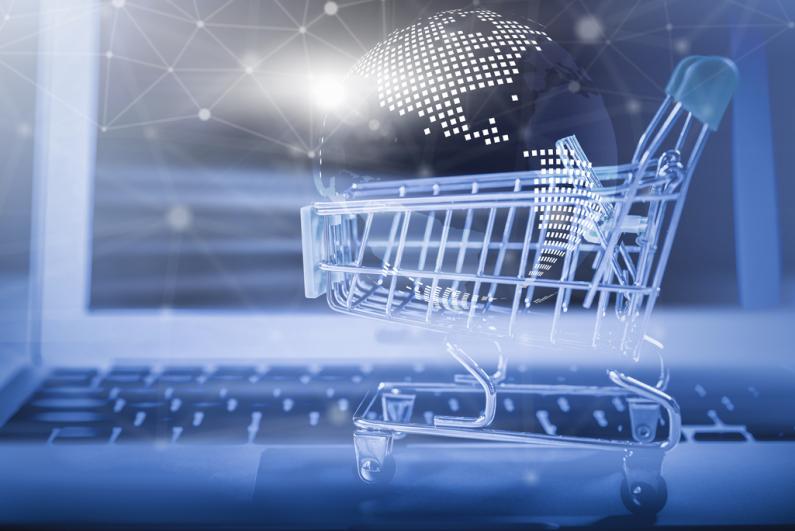
The spring of 2020 brought the Covid-19 to Europe and with it a new normality to everyday life, which has also had a lasting effect on consumer behaviour. From the moment the first restrictions were brought in, there has been a major trend towards online shopping and retailers and service providers will have to adapt to the new trend in the long term.
The closure of local stores during the lockdown had immediate consequences for the retail trade, because when customers stayed away, sales fell away and previous business models stopped working overnight.
Since then, most restrictions have been lifted or at least greatly relaxed, but it is apparent that even after the Covid-19 goes away, the new normality will continue to determine everyday life.
What impact will this have on trade? How will consumers adapt their behaviour? And what opportunities will this crisis bring for retailers?
The lockdown has had a lasting impact on consumer behaviour
Global crises such as pandemics not only temporarily change people's behaviour. People adapt their buying behaviour to the new conditions and various studies and surveys of local shops are already showing the direction in which customers are heading.
Thanks to social distancing measures, online retailers have recorded a noticeable increase in orders, especially in rural areas. However, not all product sectors have benefitted equally from this development and there are clear winners. The top five most popular product groups on the Internet are:
- Food and beverages
- Products for children
- Home and garden products and services
- Electronics
- Automobiles and accessories
The purchasing behaviour of European consumers will, in the long term, no longer revert to what it was before the pandemic and stationery traders as well as the international e-commerce industry will have to rethink their previous strategies. This is because for many traders the way in which they did business before is no longer sustainable.
The Covid-19 pandemic has accelerated the need for digital solutions
The retail industry has been struggling for years with changes brought about by the Internet. More and more customers are migrating from local stores to online shops. They can now order things, conveniently and with a few clicks from their sofa, rather than taking a trip to the city.
The Covid-19 has accelerated this development enormously and online sales are expected to grow much faster in the coming years.
Many customers are maintaining the online shopping habits they had before the lockdown and those who were forced to switch to online shopping during the lockdown now appreciate the new possibilities that shopping online bring.
Offline retailers should see digitalisation as an opportunity to expand their services, and for online retailers, multilingual solutions are available to make click-to-click purchases even easier and faster with express purchases and add-ons.
The shopping experience is crucial for success
Even before the Covid-19 pandemic, retailers had to fight against digitalisation, and turn even essential purchasing into a new shopping experience to attract customers to the stores.
Shopping in the high-street, has been transformed into a leisure experience over the course of a few years, and is now being threatened by the compulsory wearing of masks and social distancing regulations.
Surveys show that only about half of consumers want to return to the high street to shop. However, even national and international online shops are facing competitive challenges, because consumers are demanding a whole new shopping experience on the World Wide Web.
Easily understandable and functional navigation is therefore now one of the basic requirements for online shops.
Forward-thinking retailers are creating an augmented reality with 3D models and ensuring new growth opportunities on the international market with fluent translations of product descriptions and website content.
However, customer perceptions are also evolving and many consumers now want the option of a dual shopping experience.
Online shops that also have physical premises are on the rise and this system has many advantages for retailers. Items that are difficult to ship can be offered locally and at the same time the shop can build trust and loyalty, which is carried forward into online shopping.
When it comes to payment options, local shops must catch up with online shops by offering flexible returns, cashless payment options, and providing Click & Collect services.
Many retailers are not yet ready for this necessary step, and mobile phone payment is only slowly making inroads into the daily routine of local shops.
However, the future will probably belong to those retailers that can attract customers online and offline and that are globally accessible with their brands.
Add new comment